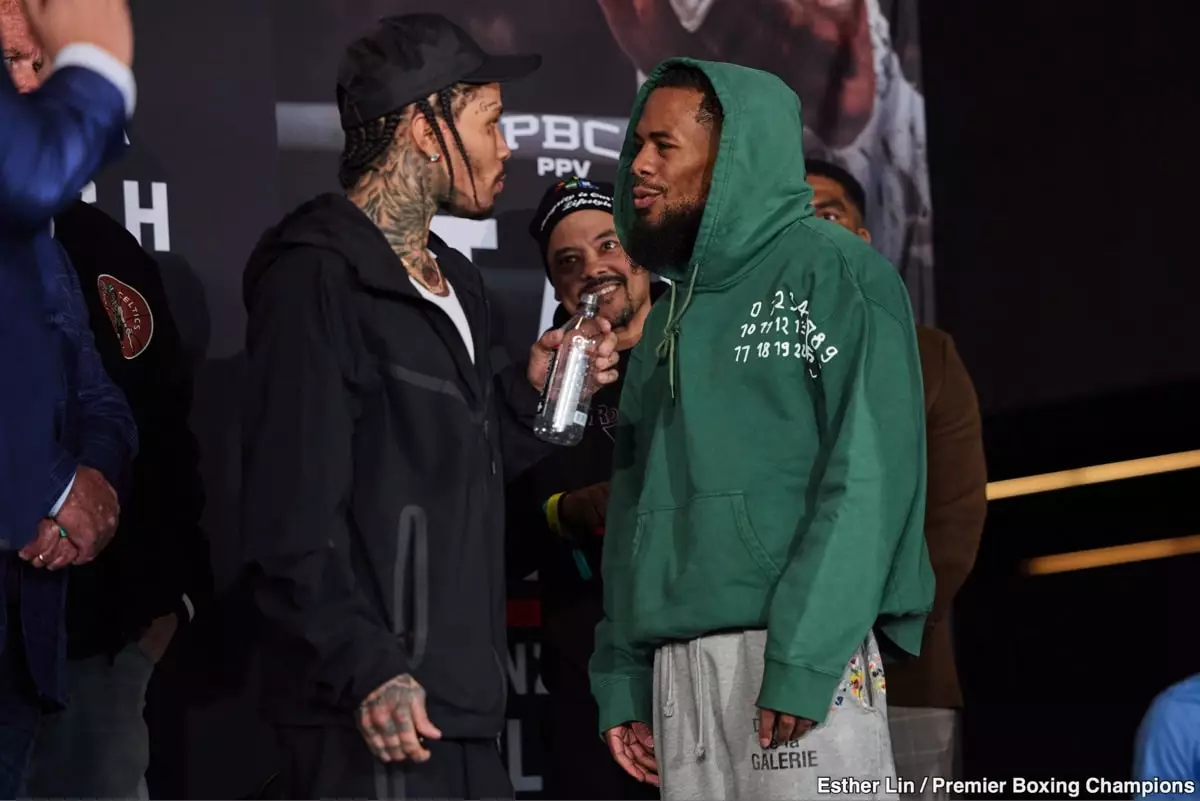In a surprising twist for boxing enthusiasts, the New York State Athletic Commission (NYSAC) decided to uphold the majority draw from the highly anticipated March 1st bout between WBA lightweight titleholder Gervonta “Tank” Davis and his challenger, Lamont Roach. Many in the boxing community were left reeling, questioning the integrity of the sport and the decision-making processes in high-stakes matches. The NYSAC’s adherence to the original verdict, despite the contentious events of the ninth round, has ignited fierce debates among fans, analysts, and even casual observers.
The Unfolding Drama of the Ninth Round
To truly grasp the magnitude of this decision, one must examine the pivotal ninth round. As Roach struck Davis, the defending champion inexplicably took a knee and then sauntered over to his corner, seemingly invoking a tactical timeout much to the shock of the spectators and pundits alike. The referee, Steve Willis, appeared caught off guard, failing to intervene as Davis ostensibly seized control of the bout’s pace, allowing the situation to spiral into a contentious debate of sportsmanship and officiating standards. Critics argue that Willis’s inaction displayed a level of incompetence, raising eyebrows about potential favoritism towards Davis due to his star power.
The Ripple Effect on the Championship Landscape
The persistent draw ultimately benefits Davis, allowing him to retain his lightweight championship belt. However, what does this mean for the competitive landscape in the lightweight division? Boxing thrives on decisive outcomes, and the ambiguity that the NYSAC’s ruling introduced feeds into larger narratives of injustice and inequality within the sport. Should Davis now pursue a rematch with Roach, it could either serve as an opportunity for redemption or risk triggering further resentment among fans who feel the draw was an injustice stemming from poor officiating.
The Echoes of Commercial and Athletic Integrity
What becomes glaringly apparent is the dichotomy between commercial interests and the integrity of athletic competition. Gervonta Davis is not just a fighter; he is a brand. His marketability amplifies the stakes, and thus the narrative surrounding his bouts is clamped down by heightened scrutiny. The NYSAC’s decision paints a troubling picture; it suggests that outcomes may sometimes trample on what is best for the sport, prioritizing star appeal over justice in competitive sporting integrity. For Roach, the aftermath of this decision is a bitter pill to swallow. He trained rigorously, expecting to earn a victory that now eludes him due to controversial officiating.
Moments of Reckoning for Boxing Officials
This controversy starkly underscores the need for stringent oversight when it comes to officiating in boxing. To preserve the credibility of the sport, regulatory bodies like the NYSAC must reevaluate their protocols and ensure that their decisions are firmly rooted in fairness, devoid of biases that could distort competitive integrity. As fans passionately rally for clarity, they also call for accountability among officials, demanding that issues that arise should elicit investigations rather than ambiguous outcomes fostering distrust. It is imperative for the future of boxing that the governance within this space reflects a commitment to excellence, fairness, and ethical decision-making, as these attributes are what truly define the spirit of the sport.

